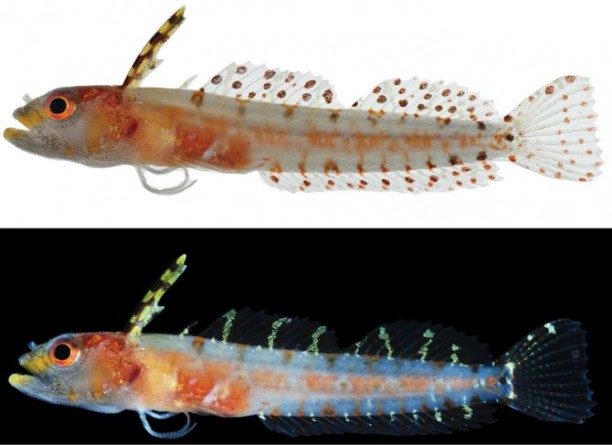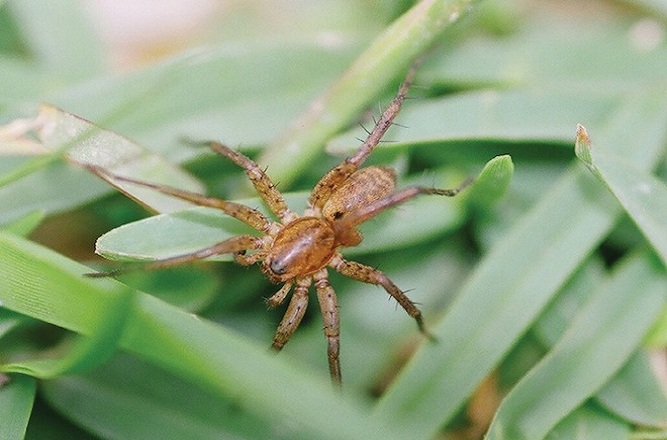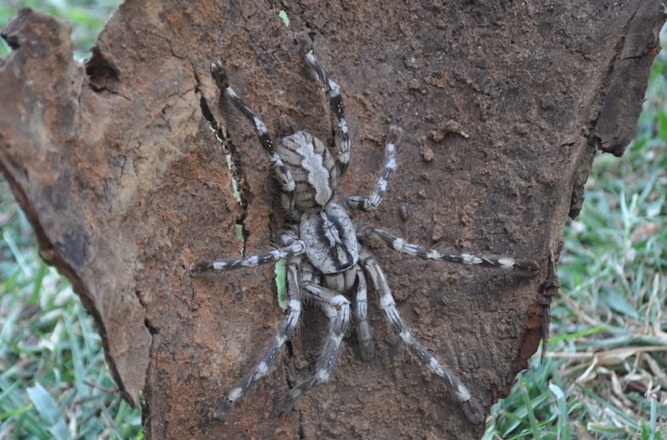Researchers from the Smithsonian Institute, USA, announced the discovery of a new mammal species at a press conference last week Thursday. The small mammal with red-orange fur, a short bushy tail, and a rounded face has been named the olinguito (bassaricyon neblina).
Mistaken identity
According to Kristofer Helgen, curator of mammals at the Smithsonian Institution National Museum of Natural History, the olinguito – which is the first mammalian carnivore species to be discovered in the Americas in 35 years – has always been known to humans.
‘This animal had been seen before by humans, but it had been a case of mistaken identity. It was in museums, it’s been in zoos, and its DNA had even been sequenced, but no one had connected the pieces and looked close enough to realise, basically, the significance of this remarkable and this beautiful animal,’ said Helgen.
The story of the discovery of the olinguito began 37 years ago when a female olinguito named Ringerl was mistaken for an olingo. Ringerl was found by a German couple in the mountains of Colombia and was first introduced into the Louisville Zoo in 1967, before being shipped to different zoos including Smithsonian National Zoo in Washington and the Bronx Zoo, where it died in 1976. Despite attempts by zoologists, Ringerl would not breed with other olingos.
‘They thought it was just a fussy olingo, but turns out it was completely the wrong species,’ Helgen said.
Finding the oluingito
Helgen’s interest in the species (olinguitos) began in 2003 when he stumbled upon skeletons and bones at the Chicago Field Muesum. After examining the bones, Helgen came to a conclusion that the animal was not an olingo. The teeth and skull were smaller and shaped differently to olingos, and the coat was denser.
‘I knew at that point it was a new species, but I also knew I needed to be sure,’ said Helgen.
In 2006, Helgen and his colleagues teamed up with Roland Kays, an olingo expert from the North Carolina Museum of Natural Sciences and Miguel Pintu, a zoologist from Ecuador. They set out to find the animal in the Andes mountains.
‘When we went out into the field we found it in the very first night. It was almost like it was waiting for us,’ said Kays.
It would take Helgen and his team another seven years to confirm the existence of the new species. In the Andes, the team tracked the newly discovered species and confirmed the existence of four distinct subspecies of olinguito. After extensive research into animal’s habitat and distribution, DNA sequencing and skeleton analysis, the team finally introduced the new species.
Helgen was quick to point out the difference in appearance between the olingo and olinguito.
‘Olinguitos are smaller, have shorter tails, a rounder face, tinier ears and darker bushier fur. It looks kind of like a fuzzball … kind of like a cross between a teddy bear and a house cat,’ he said.
With a length of about 76 centimetres and weighing about one kilogram, the olinguito has been catalogued under Order Carnivora — a group of mammals that include cats and dogs. It is not entirely carnivorous and also feeds on fruits such as figs, insect and nectar.
Olinguitos live in rainforests at an elevation of 1 500 to 2 700 metres and they are high active at night. According to the Smithsonian online journal Zookeys, there are tens of thousands of olinguitos in the forest of South America. However, more than 40 percent of its historic habitat has been converted to agriculture or urban areas. The word ‘olinguito’ is Spanish for ‘little, adorable olingo.’
‘Getting a new scientific name out there is really fun, It’s almost like giving birth.’ Helgen added.
Taking into account that about 15 to 20 percent of all mammalian species have been discovered in the past 15 years, ecologist and conservationist Gerardo Ceballos at the National Autonomous University of Mexico acknowledged the discovery as part of a trend.
‘It is kind of scary because it says we know very little,’ Ceballos said.
Other new species discovered in 2013
Finding new species in the wild is not as uncommon as you might think. This year alone, our catalogue of the natural world has grown by five species (that we know of):
Haptoclinus dropi
Discovered in July 2013
Haptoclinus dropi, a new marine species of labrisomid blennya, was discovered at a deep reef off Curaçao in the Caribbean (read: New fish species discovered in the Caribbean).

Haptoclinus dropi, a new fish species discovered in the Caribbean.
Niumbaha superba
Discovered in April 2013
A new genus of bat was discovered in South Sudan in April this year. The new genus was named niumbaha superba, which means rare or unusual in the local Sudanese language Zande (read: New species of “panda bat” discovered in South Sudan).

Niumbaha superba, the 'panda bat' genus discovered in Sudan. Photo by DeeAnn Reeder
Copa kei
Discovered in March 2013
A new spider species known as the copa kei was discovered near the Great Kei River, Kei Mouth South Africa (read: New cryptic spider species from South Africa).

Copa kei. Photo by Charles Richard Haddad.
Photo by Charles Richard Haddad
Poecilotheria rajaei
Discovered in February 2013
A new type of tarantula (the size of an open palm) from the genus poecilotheria was discovered in northern Sri Lanka. Known as the poecilotheria rajaei the spider can be identified by a pink abdominal band and unique geometric patterns with daffodil-yellow and grey inlays on the first and fourth legs. These markings separate it from the other spiders that fall under the poecilotheria genus (read: New giant tarantula discovered in Sri Lanka).

Male Poecilotheria rajaei, from northern Sri Lanka. Photo by Ranil Nanayakkara
Photo by Ranil Nanayakkara via Wired.com
If you know of any more new species discovered in 2013 tell us in the comments section below and we’ll add it to the list.
Main image by ???????
















